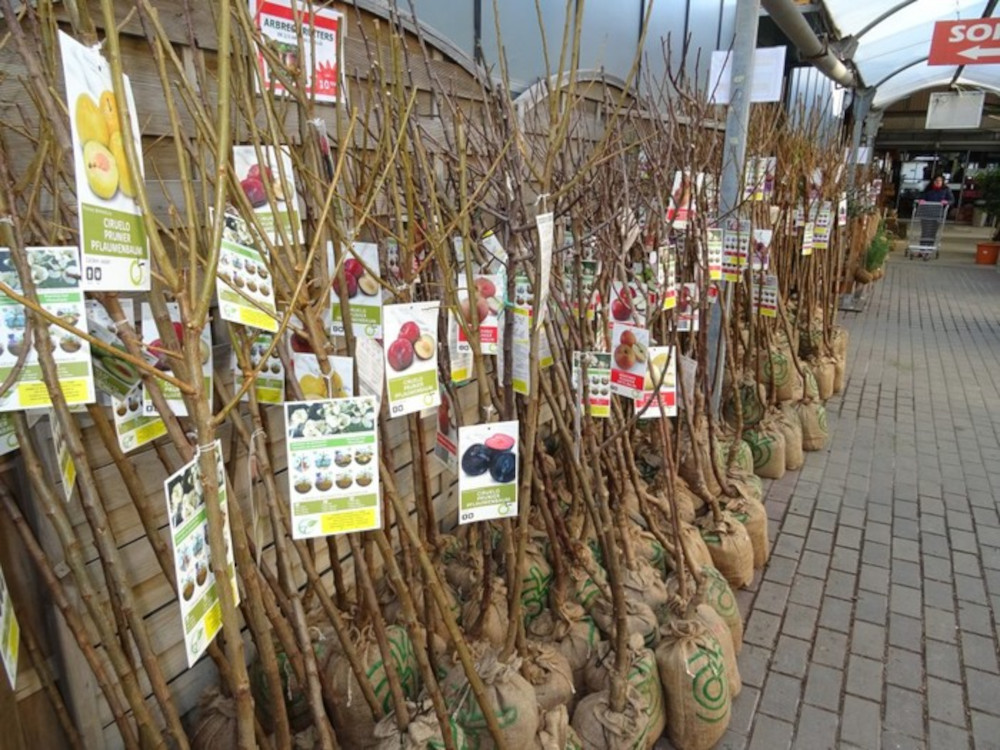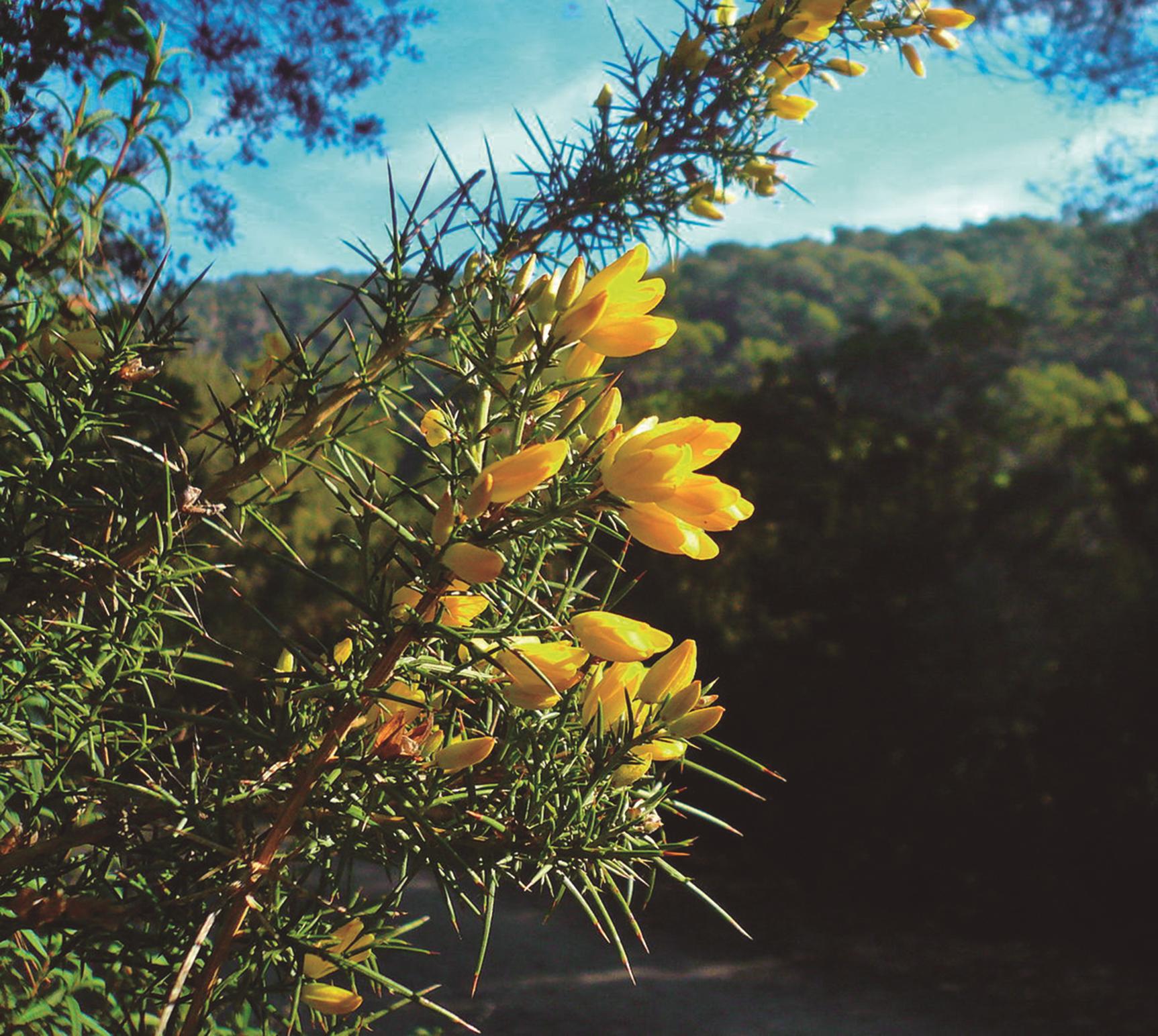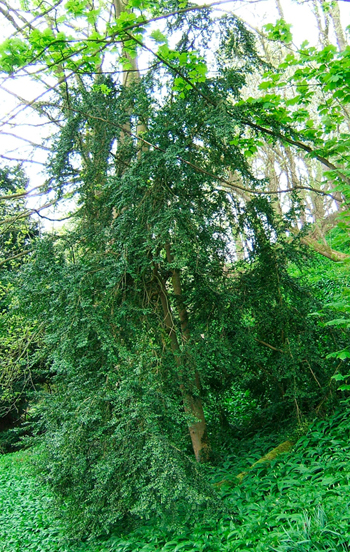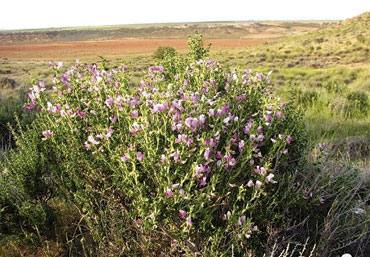Atlantic and Mediterranean

In the lands of the Atlantic Basque Country autumn brings the biggest harvest: corn, beans, pumpkin, apple, nut, chestnut, etc. One of the hardest tasks of the peasants has been to keep these fruits and seeds as long as possible. They are dishes that will enjoy fall and especially winter. Roll well grasped, unstretched, uninjured, dry well and pick it up in the most suitable place to keep it for as long as possible: dark, ventilated, cold and dry.
These crops that will feed and enjoy our winter can complement those of others. Worms, bugs and gorjeos will starve without finding what to eat. Fungi also need food during the winter. The aim is that they do not arrive at the warehouses of our harvest, and if they arrive, they will be removed as quickly as possible.
The laurel or the laurel will accompany us. A study carried out at the University of La Laguna (Canary Islands) reveals that the aromatic essences with laurel perform three tasks in the food stores: reducing the attack of insects, maintaining the proliferation of fungi and slowing the germination of grains in the case of crops. There they have a natural laurel, Laurus novocanariensis. Archaeologists have measured their influence on the grain stores that are a thousand years old, where the bay cabbage was interposed to protect the grains. In these islands and throughout Macaronesia there is a differentiated forest ecosystem, dominated by laurisilba, the “laurisilva forest”. We have similar footprints on our Atlantic lands, but on our own we have the common core, the Mediterranean Laurus nobilis.
Our culture is not ruminant, the Mediterranean use it much more. Also to avoid ants, clothing moths, moths, etc. Christians have to bless the bay to protect the house; strawberries (Fraxinus excelsior) and thorns (Crataegus sp.) They're placed on our portals. are “blessed” by themselves. In a climate that is turning us into a Mediterranean, perhaps for the sake of harvest we should learn and sow the bay. Surely they will worship him because he saves the harvest, and to him whom we put the cap to put a bay crown or a bay cap. However, when it comes to eating that crop, it seems to me that it will cost us to reach the pot to put the bay. In fact, Atlantic culture is ours. Wool cap.
In the flowers the perfume blooms pseudoacacia, Robinia pseudoacacia, in April. It's in the tracker. Some say that this piece of tree that provides good wood and a better flower is invasive. Some administrations encourage you to turn against him. I am a fan, and these... [+]












